Top 10 Questions About AEDs
- Sep 23, 2019

Everything You Ever Wanted to Know About AEDs
1. What is an AED?
AED stands for Automated External Defibrillator.
2. What Does an AED Do?
An AED is a portable device that delivers a life-saving shock to a heart that is experiencing fibrillation. An AED automatically analyzes and measure an unresponsive person’s heart rhythm. If the heart is experiencing fibrillation and a shock is deemed necessary, an AED will deliver a shock to restart the heart or to restore the heart to the correct rhythm. The AED will first analyze the victim’s heart rhythm, and then audio or text prompts will tell the rescuer how to proceed. If defibrillation is necessary, the device will warn responders to stay clear of the victim while the shock is delivered. If CPR is indicated, the AED will instruct the rescuer to continue performing CPR.
For more information about how an AED works, check out our post, (Almost) Everything You Need to Know About CPR and AEDs.
3. What is Defibrillation?
Believe it or not, defibrillation was discovered at the University of Geneva in 1899 by physiologists Jean-Louis Prevost and Frédéric Batelli. Ventricular fibrillation is a condition that occurs when the heart beats rapidly and erratically. The History of Defibrillation, Defibrillators, and Portable AEDs is a must-read if you’re as fascinated by the subject as we are.
4. Do I Really Need an AED?
Six Shocking Statistics About Sudden Cardiac Arrest and AEDsanswers this question pretty thoroughly, but 68.5% of the 456,000 out-of-hospital cardiac arrests occur at home. In other words, if you have an AED, the life you save will likely be that of a loved one.
5. Do I Need to Have Special Training to Use an AED?
Nope. While we encourage everyone to gain the confidence they need through CPR, First Aid, and AED certification courses, multilingual voice and text prompts ensure that everyone can become a lifesaver.
6. Can I Harm Someone By Using an AED?
An AED is designed to be used on someone who is experiencing cardiac arrest. It may be an individual’s best chance at survival. Thanks to built-in sensors and safety features, AEDs will not deliver unnecessary shocks.
7. Can I Use an AED on an Infant?
Yes, it’s safe to use an AED on infants and children. Although AEDs are manufactured with adults in mind, most AEDs come equipped with pediatric settings and/or pediatric pads that adjust the energy level used. These settings make them safe for use on young children who weigh less than 55 pounds. The American Heart Associationrecommends that pediatric attenuated pads should be used on children under the age of eight and on infants. Adult pads are used on children eight years and older. However, if pediatric pads and settings are not available, the American Red Cross suggests that an AED with adult pads should be used.
8. Can an AED be Used on a Pregnant Woman?
Cardiac arrest can happen to anyone at any time. If a pregnant woman goes into cardiac arrest, call 911 and tell the operator that the victim is pregnant. This will help alert EMS providers so they’re prepared upon arrival and can transport the woman to a hospital that can perform an emergency C-section, if necessary.
Next, start CPR with chest compressions as you would for an individual who is not pregnant. It is vitally important to keep blood and oxygen moving throughout the body. According to the American Heart Association, it is safe to use an AED if one is available.
9. Do AEDs Expire?
Although AEDs don’t expire, batteries and pads do. The importance of AED preventative maintenance and service cannot be overstated. We recommend AED owners invest in both preventative maintenance and compliance management programs to ensure their AEDs are fully operational and in compliance with local laws.
10. Where’s the Best Place to Keep My AED?
If you own an AED it needs to be publicly accessible and in plain sight. An AED can’t save a life if it can’t be found. For more information, read our AED placement guide: Finding the Best Location for Your AED
Ready to schedule CPR and AED training for your team? Or perhaps it’s time to invest in LifeShield AED Compliance Management to ensure that your AED is good to go. For AED solutions, visit AED.com or call Cardio Partners at 800-544-0004. You can also email us at customerservice@cardiopartners.com.
DISCLAIMER: The information included in this post and on our website is not intended as legal advice. As legislation changes often, this post may inadvertently contain inaccurate or incomplete information. We urge you to contact your state representative should you require more information about current AED, CPR, and Good Samaritan laws in your state.
DISCLAIMER: Information and resources found on the cardiopartners.com and aed.com websites/blogs are intended to educate, inform, and motivate readers to make their health and wellness decisions after consulting with their healthcare provider. The authors are not healthcare providers. NO information on this site should be used to diagnose, treat, prevent, or cure any disease or condition.




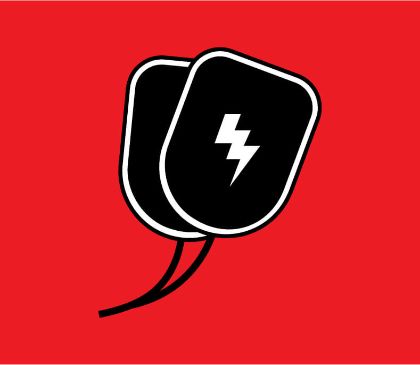
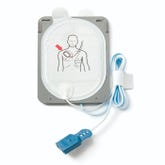
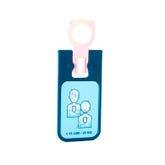
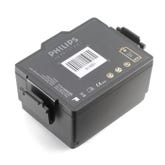
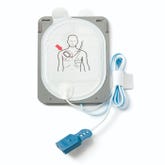
 CALL US:
CALL US: